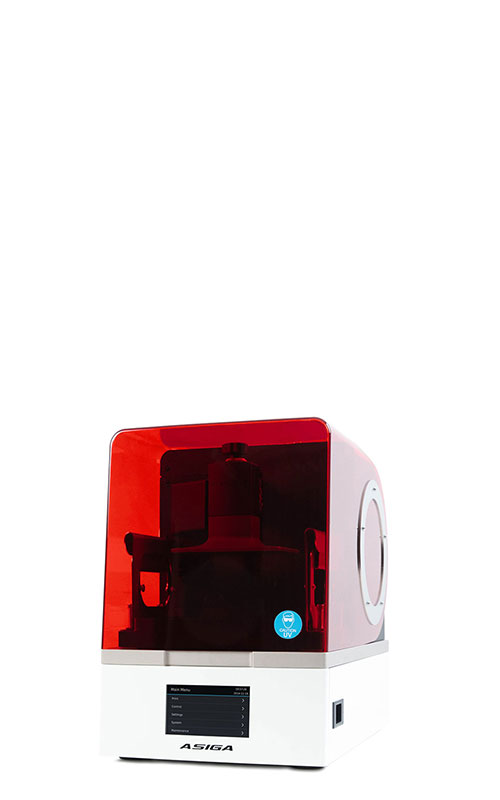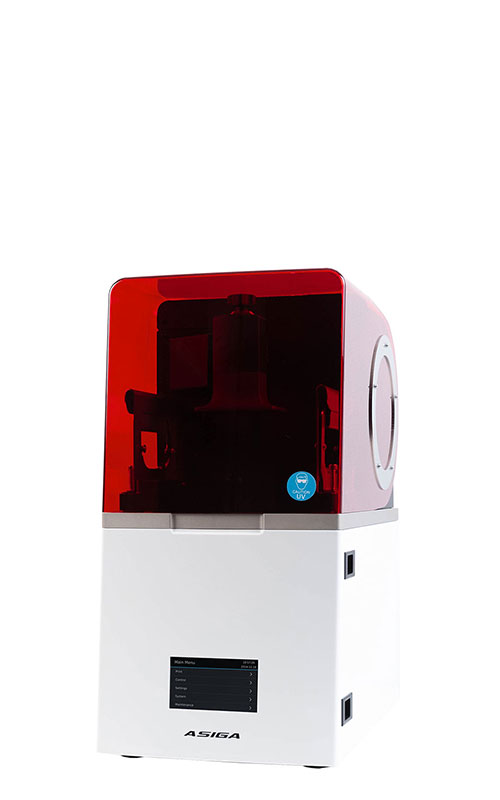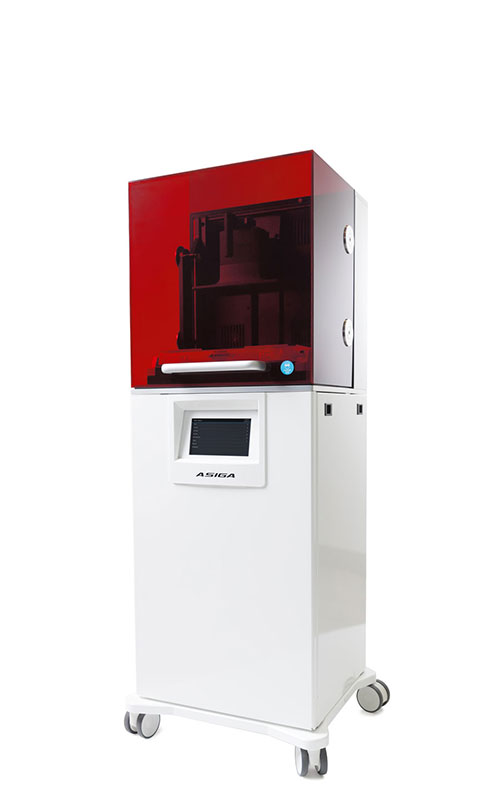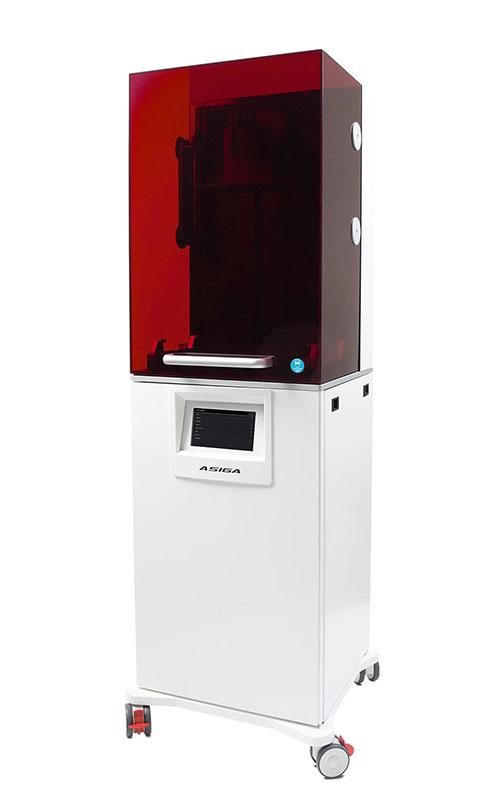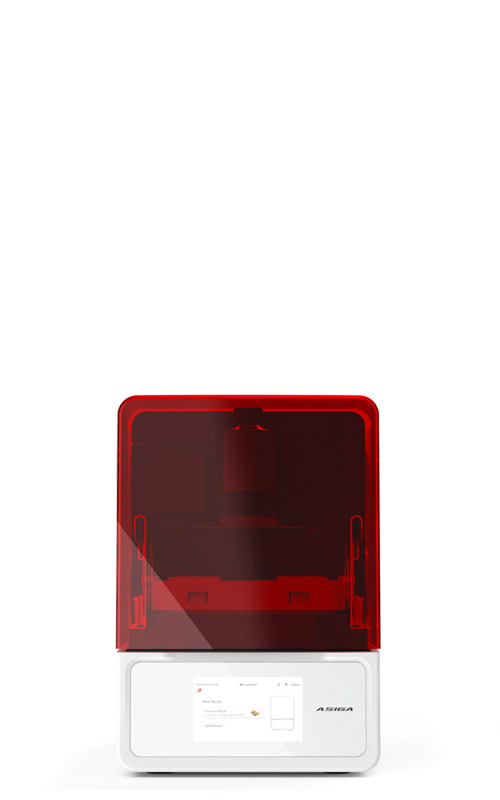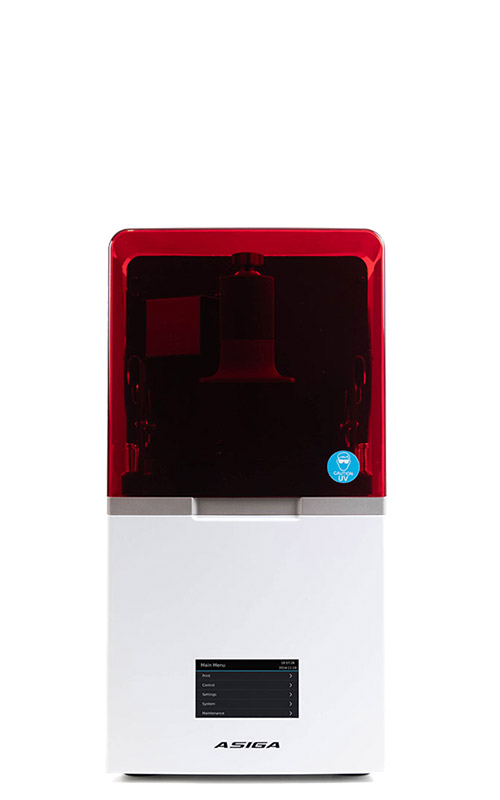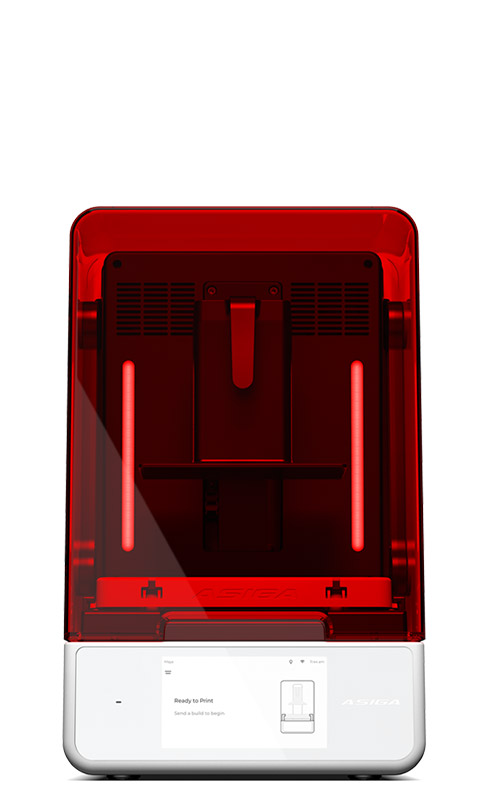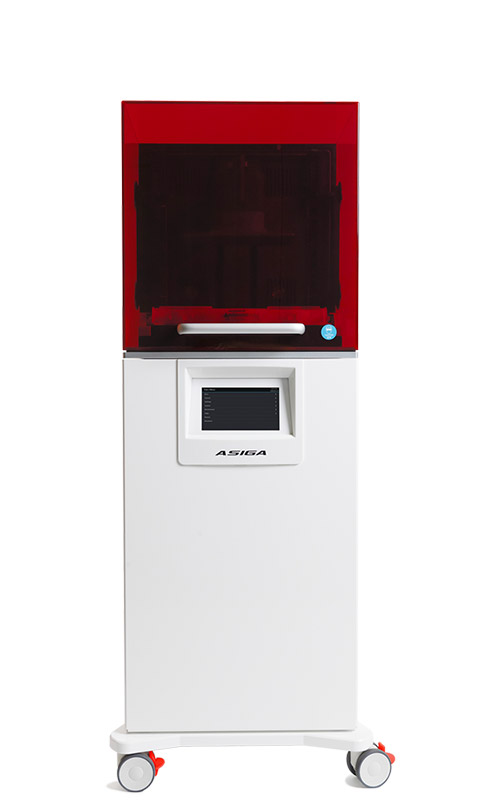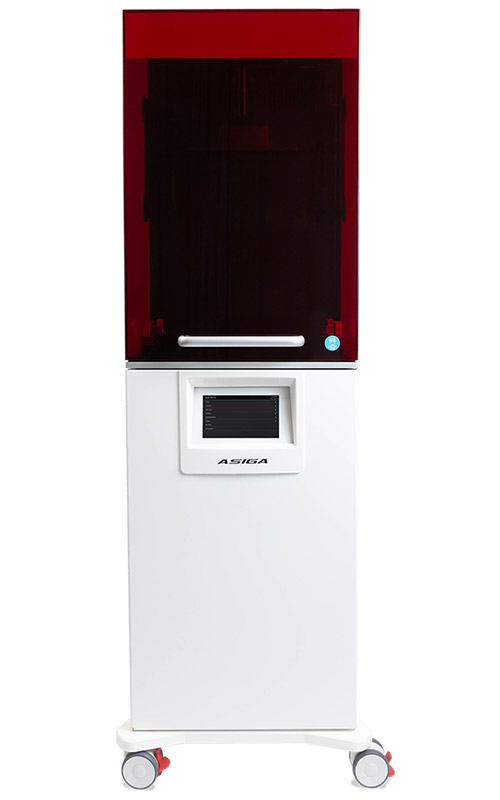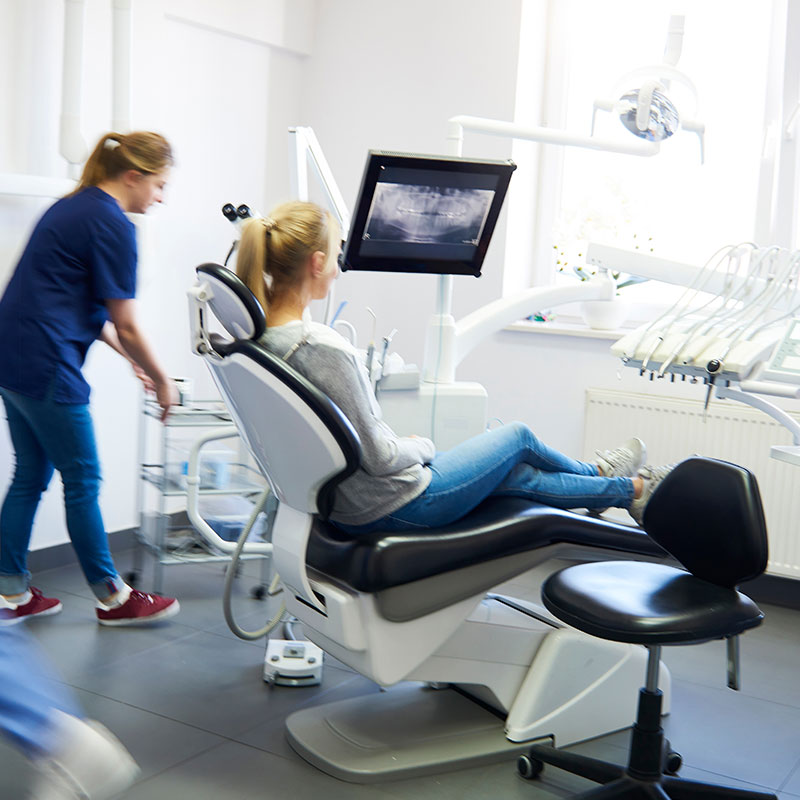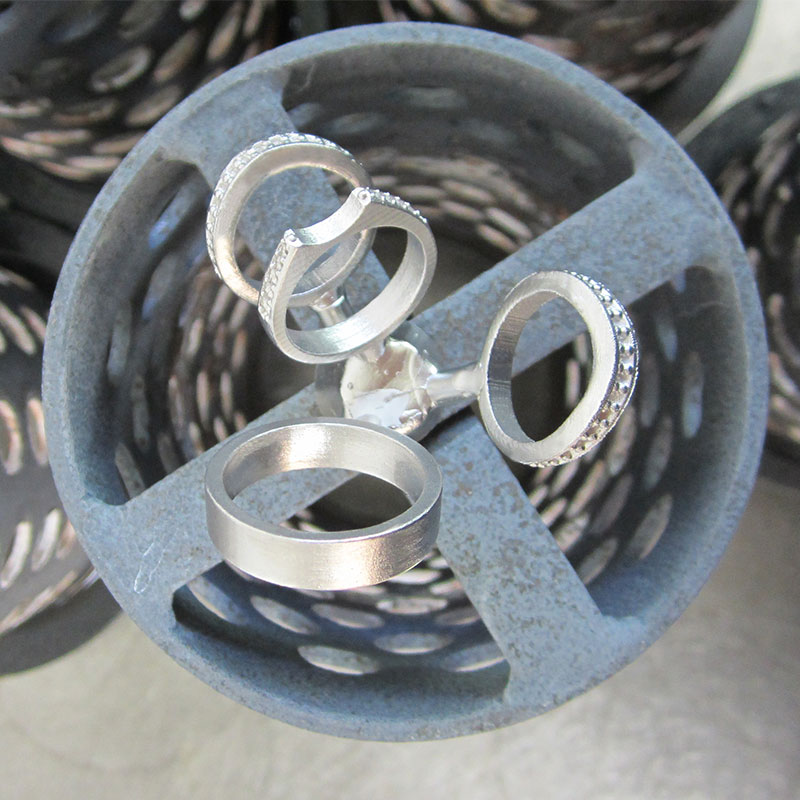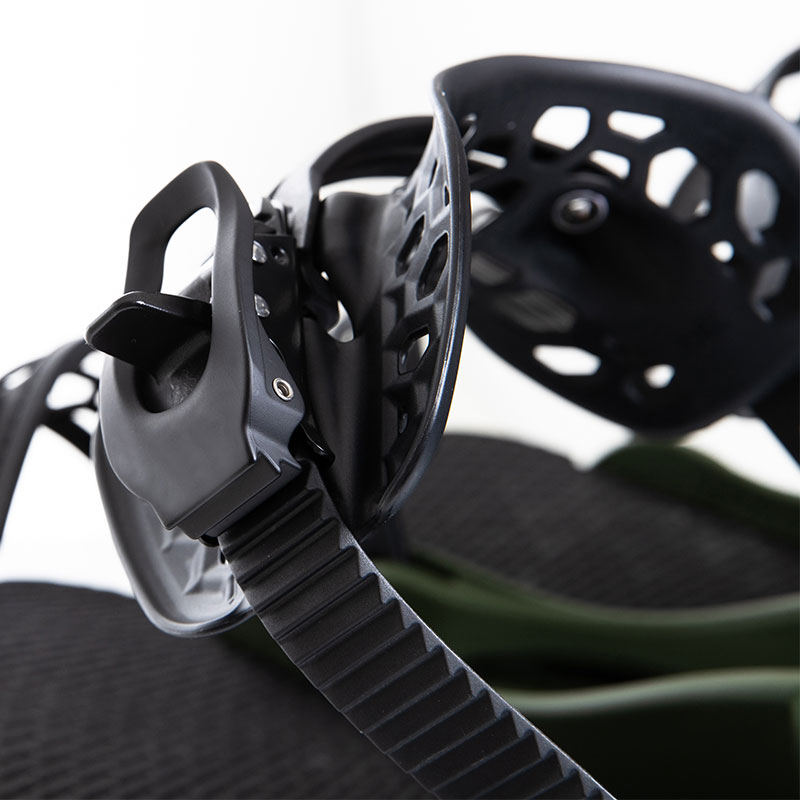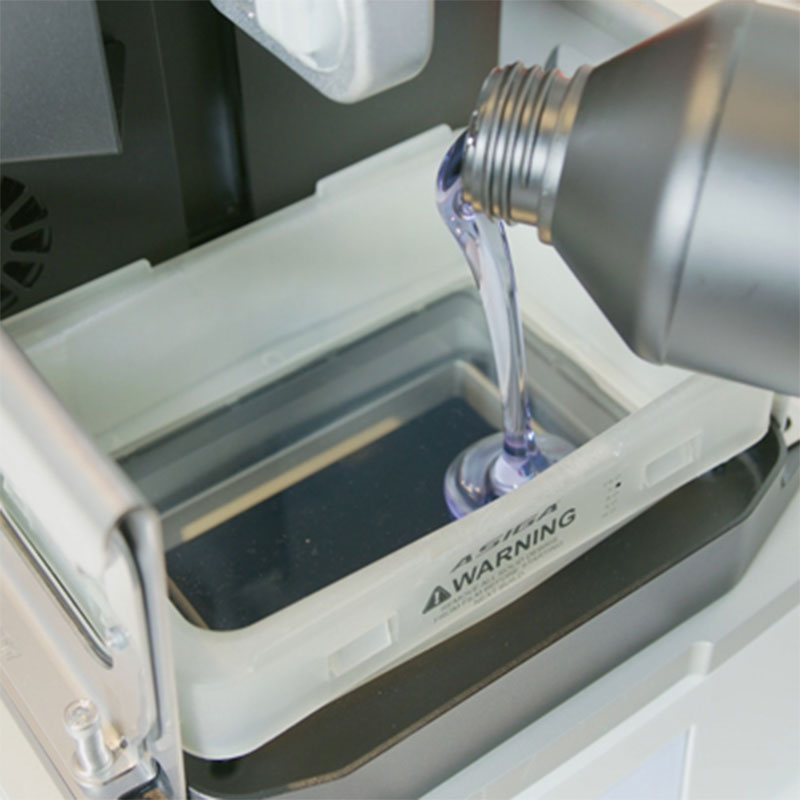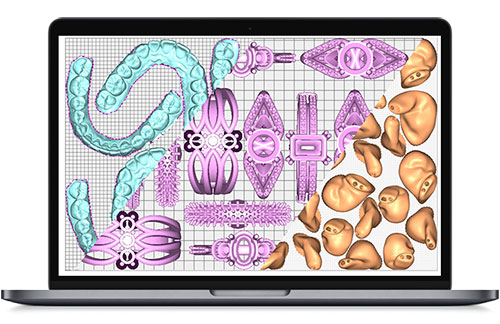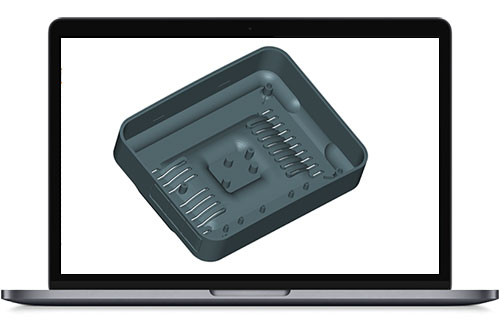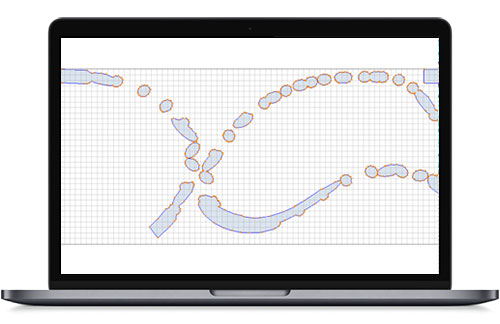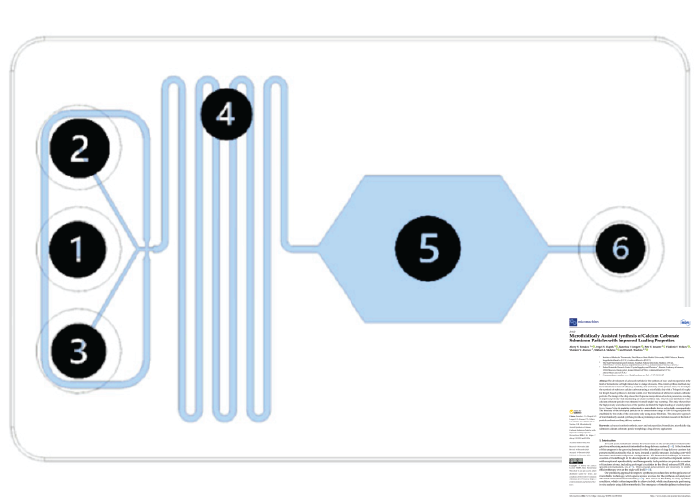Inside look into Microfluidic Applications with Dr. Totea
My name is Dr Ana-Maria Totea, Programme Leader for the BSc Pharmaceutical Science programme and Lecturer in Pharmaceutical Science at the University of Greenwich. I am supervisor to a growing research group having currently 2 undergraduate students, 10 MSc students and 4 PhD students, and together we work on projects that tackle common skin diseases such as acne and MRSA skin infections, as well as the formulation and testing of cosmeceuticals. 3D printing is the newest technique that we have recently incorporated in our research, and we use it to produce microfluidic arrays, and also for innovative applications in the field of dentistry. In our research we collaborate with industry and other academic institutions and strive to develop more accessible, effective and user-friendly drug delivery systems mostly through the use of nanocarriers.

With the development and research of 3D printing expertise, a plethora of novel 3D printing technologies have developed one after another. Through extensive research from literature and contact with scientist colleagues we focused on identifying a 3D printer able to accommodate our needs. We aimed for quality, precision and reliability, which we found in the new Asiga Ultra. Its user-friendly interface and robust build quality further solidified our decision, making it the perfect tool for pushing the boundaries of innovation in our research.
The Ultra’s exceptional resolution allows us to create intricate microfluidic channels with flawless accuracy, vital for our research. We are also able to create dental models such as crowns, implants, retainers, that are extremely accurate, and overall, the consistency of Asiga Ultra ensures predictable, high-quality results, minimising errors and maximising efficiency across our research. The printer is extremely accessible even to new users and became very quickly an indispensable tool in our lab. Its acquisition meant that we became part of a team ready to support us 24/7 for any problem whatsoever, ensuring our success throughout the beginner process and beyond.
Asiga offers their own range of resins which we found very helpful in the prototyping and production of our microfluidic arrays and dental models. Thus, we use Asiga DentaMODEL for accurate dental model production and Asiga DentaGUIDE for strong and biocompatible surgical guides. When we need durable, functional prototypes, we rely on Asiga PlasCLEAR, favoured for its clear, tough properties. These resins consistently deliver reliable results, minimising failures and allowing us to focus on innovation. A paramount advantage of the use of Asiga printers is also their capability to effortlessly function with third-party resources. For instance, a variety of resins can be utilised with this printer, thus allowing us the liberty of choice of the most appropriate resins to meet the requirements of our research projects.


“Throughout my project, extensive research and information was found in order to find the optimal 3D printer that will be able to accommodate my research findings as well as the needs of the university’s scientific team. Asiga is recognised to be an unbelievably reliable and dependable printer. Asiga printers present the arrangement of precision and speed providing a solution that is perfect for all dental indications. With the usage of intraoral optical scanners or laboratory scanners it is possible to cultivate a precise virtual model of the prepared tooth, implant position, the dental arch.”
Parmis Imani-Berendjestanki, PhD student

Share:
